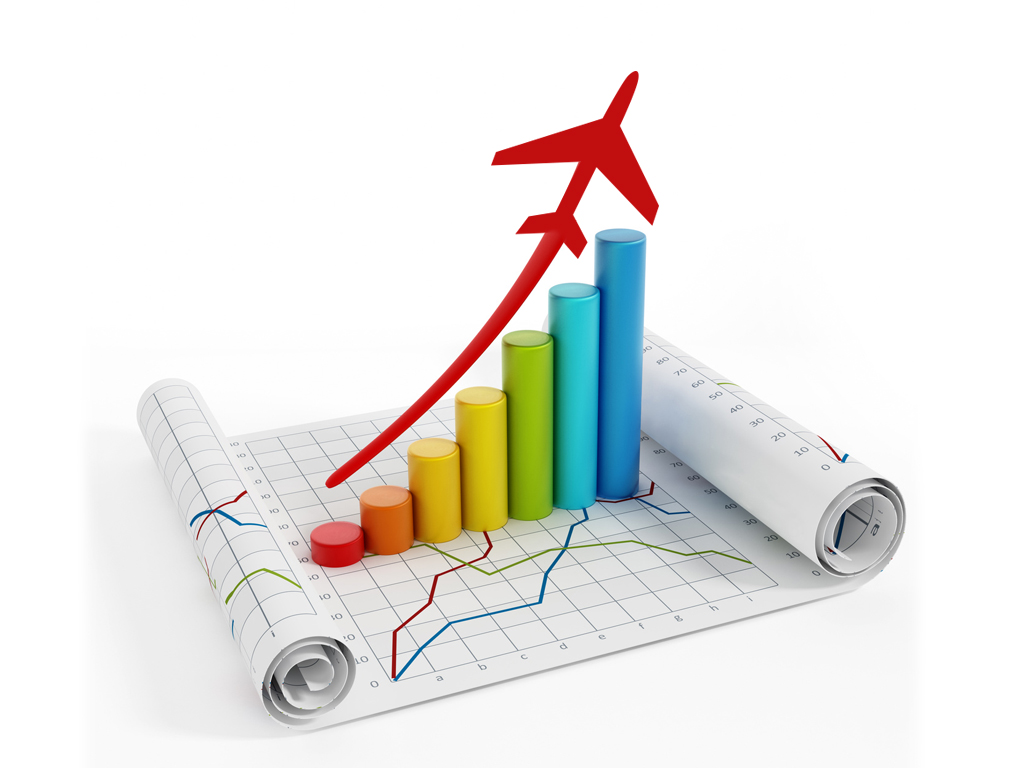
Air cargo volumes in March reached an all-time high for the month, according to IATA in its latest air cargo analysis.
The association said that global air cargo demand, measured in
cargo-tonne kilometres (CTKs) was 4.4% higher in March 2021 than in
March 2019, which was used for comparison to avoid the “distorted”
results in 2020 that reflect the unprecedented impact of Covid-19.
Compared with a year ago, demand is up by 22.1%.
IATA said the underlying drivers of air cargo demand remain positive:
“The latest monthly PMI surveys indicate that the global demand for
exports has been recovering as countries emerge from lockdowns and
business activity restarts.”
However, it noted: “That said, against our expectations, the blockage
of the Suez Canal by the Ever Given ship in late March had a limited
impact on air cargo volumes.”
Global capacity in March 2021, measured in available cargo
tonne-kilometers (ACTKs), was recorded at 12% lower than in March 2019
and the cargo load factor was up by nine percentage points to 58.8%.
IATA said cargo capacity has not yet recovered from the temporary
setback in early-2021 when many airlines grounded their passenger
aircraft because of Covid-related travel restrictions.
Willie Walsh, director general at IATA, commented: “Air cargo
continues to be the bright spot for aviation. Demand reached an all-time
high in March, up 4.4% compared to pre-Covid levels (March, 2019) and
airlines are taking all measures to find the needed capacity.
“The crisis has shown that air cargo can meet fundamental challenges
by adopting innovations quickly. That is how it is meeting growing
demand even as much of the passenger fleet remains grounded. The sector
needs to retain this momentum post-crisis to drive the sector’s
long-term efficiency with digitalisation”.
Looking at regional performance in March 2021, Africa-based airlines
recorded volumes 23.1% higher than in the same period of 2019. Capacity
in the region was 4.6% lower than March 2019.
Cargo demand for North America-based airlines was 17.5% higher than March 2019. Capacity was also 3.8% higher.
IATA noted: “The cargo outlook for the region remains promising due
to positive developments in underlying demand drivers. US first quarter
GDP rose by 6.4% in annualised terms, up from 4.3% in the fourth
quarter, which brings the country’s economy close to where it was before
the crisis started.”
Europe-based airlines posted volumes 0.9% higher than in March 2019, while capacity was 17.1% lower.
IATA explained: “Improved operating conditions and recovering export orders contributed to the positive performance.”
Airlines based in the Middle East achieved volumes that were 9.1%
higher than in March 2019. Capacity in the region was down 12.5% on
pre-Covid levels (March 2019).
IATA observed: “The volumes had been supported especially by robust
trade flows on the Middle East-North America and Middle East-Asia
routes”.
Air cargo demand for Asia Pacific-based airlines was 2.9% lower than
in March 2019. Meanwhile, capacity was 18.6% lower than pre-Covid
levels.
IATA observed: “The slight weakness in performance compared to the
previous month was seen on most of the trade lanes connected with Asia.”
It added: “For now, it’s unclear what caused the setback since we did
not observe any significant fall in capacity nor spike in cargo rates
compared with February.”
Latin America-based carriers performed the worst in terms of air
cargo demand, which was 21.4% lower than pre-Covid levels. Capacity in
the region was also lower than March 2019 — by 39.9%.
IATA said: “The region’s demand recovery has been stalling since Q3
and the already weak supply has started to deteriorate recently (by
-4.3% month-on-month in March). The ongoing sharp capacity contraction
has most likely contributed to the delayed rebound in cargo volumes.”